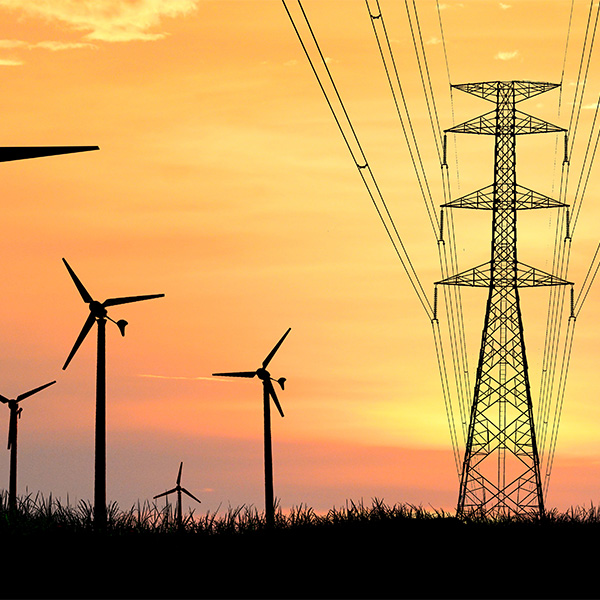
FERC told PJM to change its rules to allow for co-located load at generators, with new transmission services and other tweaks.
The Bonneville Power Administration announced it has triggered a $40 million surcharge to rebuild financial reserves depleted after three years of low water, saying the move could lead to an annual average effective rate increase of 2.2% for most power sales.
Future participants in CAISO’s EDAM have already held extensive talks about developing an alternative to the Western Power Pool’s WRAP for non-CAISO EDAM members, NV Energy confirmed in a filing with Nevada utility regulators.
Gov. Wes Moore issued an executive order calling for reforms to boost electricity supply and ensure affordability, which will be implemented in part by the new executive director at the Maryland Energy Administration- Kelly Speakes-Backman.
The Michigan Public Service Commission approved a special contract that will allow DTE Energy to continue its plans to supply a hotly contested, $7 billion data center with nearly 1.4 GW.
The House passed the SPEED Act, which aims to cut the timelines and litigation around NEPA reviews, but Democrats urged their Senate colleagues to improve the bill in a chamber where their votes are needed for passage.
MISO officials clarified the J.H. Campbell coal plant — kept online and in retirement limbo by the Department of Energy’s series of emergency orders — is not eligible for the RTO’s capacity market and is not receiving special treatment for dispatch.
Consolidated Edison has been tasked with creating a contingency plan to avert the energy shortfall that it and NYISO have warned may develop in New York City.
PJM’s 2027/28 Base Residual Auction procured 134,479 MW in unforced capacity at the $333.44/MW-day maximum price, falling 6,623 MW short of the reliability requirement and setting a clearing price record.
CAISO/WEIM

ERCOT

IESO

ISO-NE

MISO

NYISO

PJM

SPP/WEIS



















